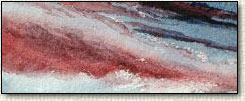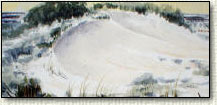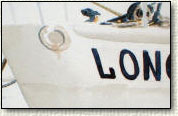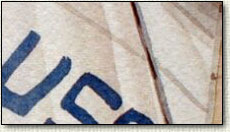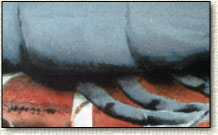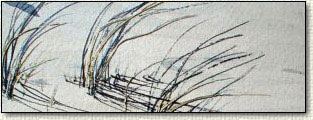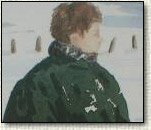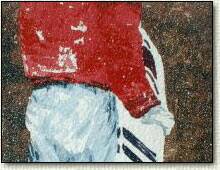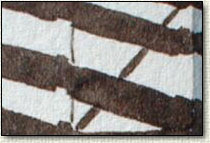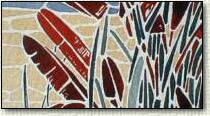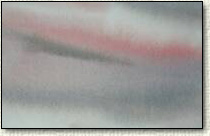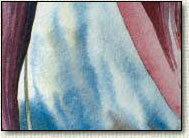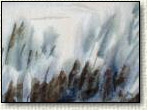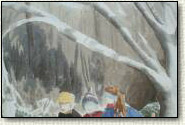
I do hope you will find the following interesting. I wanted to include a little bit about the watercolor painting techniques that watercolor artists use in their watercolor paintings. Since I am presently showcasing Long Island, I decided to explain these techniques using beach paintings & lighthouse paintings. Enjoy!
Watercolor Techniques Mastered
A) Lost & Found edges (also called Hard & Soft edges)In this watercolor painting technique, the paint is applied on dry watercolor paper, rather heavily, and then a second brush, containing only clear water, in my other hand (yes, both hands are occasionally used in watercolor paintings) immediately touches one of the edges, and pulls the paint away, creating a gradient of color. The painting will then show one edge Hard (Found) and the other edge Soft (Lost). This technique can be seen in many of my paintings.
|
|
|
|
|
||||
|
|
||||
|
|
||||
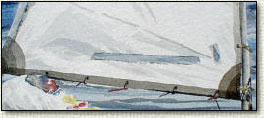 The Dreamer |
||||
|
|
||||
|
|
||||
B) Dry Brush Technique
Watercolor paintings require other techniques as well. In Dry
Brush the watercolor paper is
completely dry so that the paint will stay on the watercolor paper exactly
where it is placed. This is used, for example, in the watercolor painting of beach
grass. As each blade of beach grass is painted, you want the beach grass
blade to be sharp edged. Dry brush can be seen in several of my watercolor
paintings. |
|
1-Beach With a View I, II, & III: is a series of beach paintings creating a panorama of the Fire Island Beach near Robert Moses Park. Fire Island Ferries can get you there as well.
|
|
|
|
|
4-Cousins of the Blue Lobster:
used to get the mottled appearance on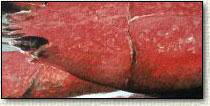 the
red lobsterís body. the
red lobsterís body.
|
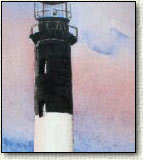
|
|
|
|
D) Negative Painting
In this
case I do not actually paint the object, rather I paint a darker
|
|
Of course,
much work and many techniques go into each of my watercolors. Any one of
them probably uses these 4 techniques (and more!). Suppose you visit a
painting not yet mentioned, take a look at
Wheels of Fortunes (Red
Wagons found at Fire Island communities). I enjoyed making this page for you, I hope you enjoyed finding out a little bit about how they were painted.Rick |
|
|
E-mail: Rick70654@aol.com Top of Page
